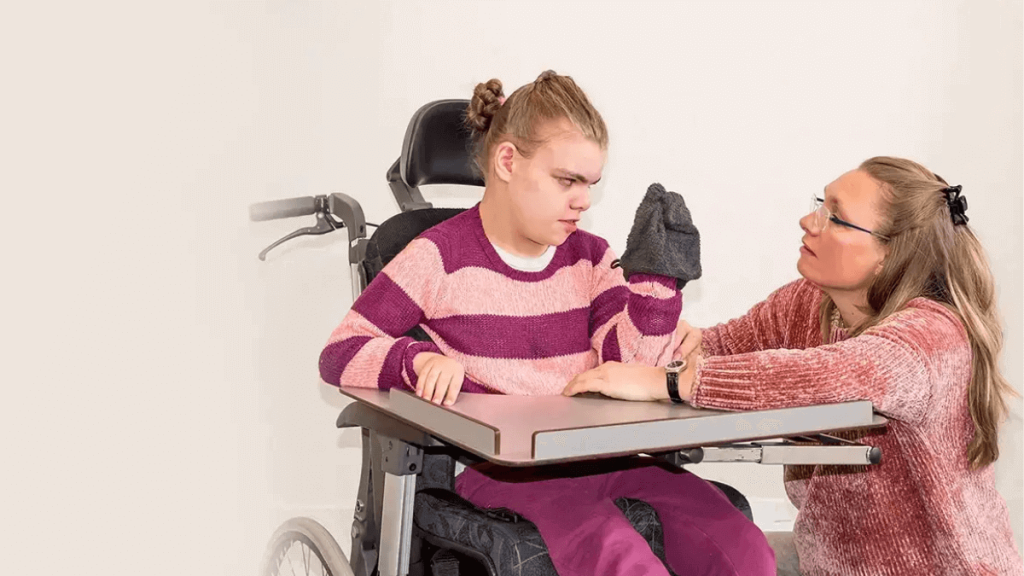Wondering If Supported Independent Living in Melbourne is Right for You? Find Out Here!

If you’ve been tossing up whether you can live on your own but still need a bit of help here and there—mate, Supported Independent Living (SIL) might be your perfect middle ground. Especially if you’re based in Melbourne, where the coffee’s hot, the trams are unpredictable, and SIL support is top-notch.
Let’s break it down—no jargon, just straight-up facts with a side of Aussie honesty.
So, What Is Supported Independent Living (SIL)?
SIL is a support model under the NDIS that helps people with disabilities live more independently. It’s not a nursing home and definitely not a one-size-fits-all situation.
You get help with the everyday stuff—like cooking, cleaning, and personal care—but you’re still in charge of your life. Whether you’re working on learning to live with housemates or want to boost your life skills, SIL has got your back.
Why Melbourne Is A Great Place for SIL
Melbourne isn’t just known for laneway lattes and AFL rivalries. It’s also home to some of the best disability services in Australia. The city’s infrastructure, public transport, healthcare, and community programs make it a top pick for Supported Independent Living.
Here’s what makes it a standout:
- Access to world-class hospitals and clinics.
- Plenty of NDIS registered SIL provider Melbourne options.
- Culturally diverse communities, so everyone feels included.
- Good public transport (when the trams are behaving).
Who’s Eligible for SIL?
Not everyone gets a green light. You’ve got to be a participant of the NDIS, for starters. Then there’s a bit of paperwork and an assessment to see what level of support you need.
SIL is for people who need daily assistance but also have goals around independence. Maybe you want to live in a shared house with a few mates or learn how to take on more responsibilities. If those goals line up with SIL supports, you’re likely in the right place.
What Can a SIL Provider in Melbourne Actually Do for You?
It’s more than just someone popping in to check if you’ve had brekkie. A good SIL provider in Melbourne works with you to tailor the support to your needs.
Depending on your plan and your goals, you might get:
- Help with personal care like showering or dressing.
- Support preparing meals, managing medications, or doing the laundry.
- Assistance with social activities or community involvement.
- 24/7 care options if required.
They’ll also work with your NDIS coordinator to make sure your support plan stays relevant as your needs change.
Are You Stuck with Shared Housing Only?
Not at all. While a lot of SIL participants choose shared living arrangements, that’s not your only option.
You can live:
- In shared housing with other participants (with your own room).
- In a private rental with drop-in support.
- In a specialist disability accommodation (SDA), if you qualify.
It’s about choosing the arrangement that fits your lifestyle, not forcing you into a box.
How Much Will It Cost You?
Let’s get this clear: NDIS funding covers the support, not your rent, food or bills. So, you’ll still need to budget for everyday living expenses. But the actual SIL support—yep, that’s funded under your NDIS plan if it’s approved.
It’s important to chat with your NDIS planner or Local Area Coordinator. They’ll help structure your plan to include SIL if it aligns with your goals and assessed needs.
Melbourne’s SIL Snapshot
To get a feel for how big SIL is in Melbourne, take a look at the numbers:
| Region/Suburb | NDIS Participants | SIL Demand |
| Northern Suburbs | 8,000+ | High |
| South-East Suburbs | 7,500+ | Moderate |
| Western Suburbs | 6,800+ | High |
| Bayside Area | 4,200+ | Low |
| Inner City | 3,500+ | Moderate |
Source: NDIS Victoria Region Overview, 2024
These figures show how demand is spread across different parts of the city. Providers are adapting services to suit local needs, making it easier for participants to stay close to home.
What Should You Look for in a Provider?
Choosing a provider isn’t just ticking boxes. You want someone who gets your goals, listens to your needs, and doesn’t treat you like a number.
Here’s how to choose right:
- Check if they’re NDIS registered.
- Ask if they have experience in SIL services (and good reviews to match).
- Look for flexible support arrangements.
- Make sure they communicate clearly—not just with you, but also with your NDIS team.
And don’t be shy about asking for a meet-and-greet before you commit.
Are There Any Downsides?
Look, no service is perfect. And SIL, while pretty ace, has a few things to think about.
Some homes have waiting lists. Not all support workers will be your cup of tea. And if you’re new to independent living, the adjustment might take a bit.
But with the right provider and a good plan, most of these bumps smooth out quickly.
Is It Worth a Crack?
If you’re aiming for more independence but want the right support system around you, SIL Provider Melbourne is definitely worth a look.
Melbourne’s variety of housing options, trusted providers, and community vibe make it a top spot to take the next step. And when you’re ready, there’s a team waiting to help you make it happen.
FAQs
Q1: How many hours of support can I get with SIL?
Depends on your needs—could be a few hours a day or 24/7.
Q2: Is it just for young people?
Nope. SIL supports people of all ages, as long as you’re an eligible NDIS participant.
Q3: Can I choose my housemates?
In most cases, yes. Providers often work with you to find people you’re comfortable living with.
Q4: Do I get to pick the suburb?
Absolutely. Most providers work across multiple suburbs, so you can choose based on what suits your lifestyle.
Q5: Is SIL available outside Melbourne?
Yes, SIL is offered across Australia, but Melbourne has one of the strongest networks of providers.
